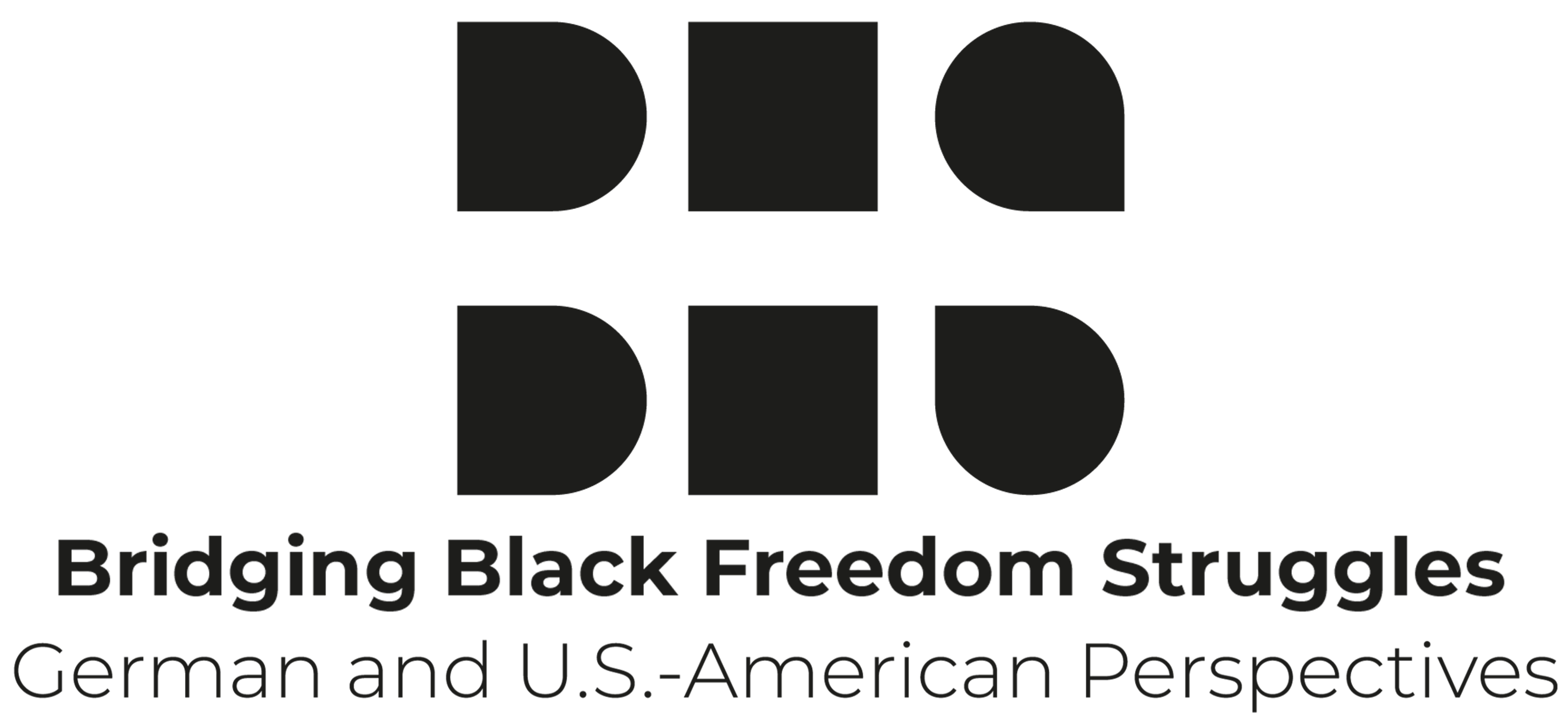Drawing from fictional, artistic, and scholarly sources, this project focuses on both changes and constants in the perceptions of catastrophes and disasters from the 19th century to today. Via a variety of case studies (such as Hurricane Katrina, or trans-boundary waste migration), the sociological concept of the gaze at catastrophes with a particular focus on the deconstruction of the hegemonic white gaze will allow to lay open why certain catastrophes and their victims find more (political, social, and economic) recognition than others.
The main emphasis of this project does not lie on the quality or representation of a catastrophe, but on the observation that and the question of how perception is sociologically formed. In this context, one of the main goals of this project is to scrutinize the frequently alleged neutrality of ‘seeing’ (further amplified by the employment of statistics and other ‘hard facts’) when it comes to catastrophes. Questioning not merely representations but the act of seeing itself constitutes a particularly important endeavor regarding events that are (or are not) classified as disasters, because this step enables a more profound understanding of the scope of both hyper- and misrecognition of certain disasters.
Particularly in states of emergency under stress and time-pressure, the dominant perception is prone to neutralizing insights about the constructedness of ‘race,’ ‘class,’ or ‘gender’ and the relevance of power dynamics in their context, as the perception of certain events often continues to happen in substantialist terms, which disproportionately disadvantages Black and Indigenous people as well as People of Color. While the labels ‘catastrophe’ or ‘disaster’ typically trigger calls for immediate action by ‘experts’ whose job it often is to restore order as quickly as possible, other incidents, by contrast, remain invisible when it comes to public recognition, since they never receive the label ‘disaster’ or ‘catastrophe’ to begin with. This project thus also deals with the scholarly and ‘expert’ gaze at catastrophes and shows how seemingly problem-centered framing processes perpetuate social inequalities.
Methodologically, this project interlinks micro-readings of fictional, non-fictional and artistic sources of past and current catastrophes with macro-reflections of their diachronic historical and sociological context.
